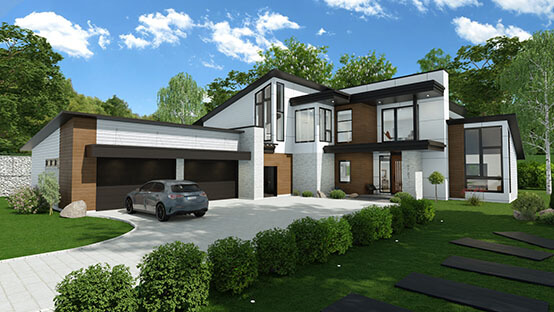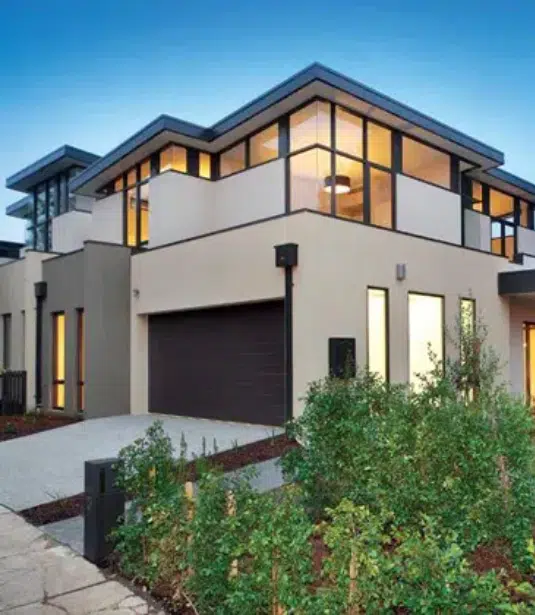Top Trends in Residential Style You Ought To Know Concerning
As property design proceeds to progress, numerous engaging fads are shaping the way we develop and inhabit our living spaces. Key developments such as sustainable building practices, the integration of smart home technology, and the rise of modular homes highlight a considerable shift towards both functionality and environmental responsibility.
Lasting Structure Practices
An increasing variety of household tasks are welcoming sustainable building practices, driven by an expanding recognition of ecological effect and energy efficiency. This shift is identified by the assimilation of green materials, energy-efficient layouts, and cutting-edge building and construction techniques. House owners and builders are progressively prioritizing making use of sustainable resources, such as bamboo and recycled steels, which not only reduce the carbon impact however also boost the durability and visual appeal of homes.
Incorporating energy-efficient systems is an additional vital aspect of lasting building - residential house architect. Features such as high-performance insulation, energy-efficient home windows, and solar panels are becoming requirement in brand-new household designs. These components not just add to reduced energy consumption but also provide substantial lasting savings for property owners
In addition, the layout of sustainable homes typically stresses natural light and ventilation, decreasing the reliance on fabricated lights and environment control systems. Landscape design techniques, such as xeriscaping, more advertise sustainability by minimizing water use.
As the need for sustainable living solutions remains to increase, the property design field is poised to innovate and adapt, making sure that future homes are not just environmentally accountable yet functional and likewise comfy for their owners. - residential house architect
Smart Home Technology
Smart home technology is reinventing the means homeowners interact with their space, enhancing safety, comfort, and power administration. This ingenious technique integrates different gadgets and systems, allowing users to control their homes remotely or through automated procedures. Central to this fad is the usage of wise gadgets such as thermostats, illumination, safety and security video cameras, and home appliances, all connected using the Net of Points (IoT)
One of the most appealing attributes of wise home innovation is the ability to customize setups for optimal energy performance. Home owners can keep an eye on energy usage and readjust illumination, cooling, and home heating based on their routines, substantially decreasing utility prices. Innovative safety systems furnished with wise locks and surveillance cams give peace of mind, allowing remote monitoring and informs to potential protection violations.
Combination with voice-activated assistants improves user experience, enabling homeowners to regulate gadgets with simple voice commands. As innovation proceeds to develop, the capacity for smart home systems to improve high quality of life expands, making them an essential factor to consider in contemporary residential style. Ultimately, wise home technology is not just a trend yet a fundamental shift toward a lot more smart living environments.
Open Concept Living
Open idea living has actually arised as a specifying attribute in modern residential design, defined by the elimination of typical obstacles in between rooms. This design approach advertises fluidity and connection within the home, allowing for a smooth shift in between areas such as the kitchen, dining, and living rooms. By eliminating dividers and wall surfaces, open principle formats develop a feeling of space, cultivating an inviting atmosphere that enhances social interaction.

Moreover, this technique to domestic layout aligns with minimalism, concentrating on useful simplicity and visual comprehensibility. House owners value the flexibility of these formats, which can be easily adjusted to mirror personal style via furniture plan and decoration. As open concept living continues to get grip, it remains a testament to progressing family dynamics and the wish for homes that boost link and comfort.
Biophilic Design
Biophilic style has actually come to be increasingly considerable in property style, stressing the intrinsic link between people and nature. This style approach looks for to incorporate natural environments into living spaces, thus promoting a feeling of wellness and boosting the lifestyle for residents. By integrating functions such as all-natural light, plants, and natural products, biophilic style advertises an unified connection between indoor atmospheres and the environment.
Crucial element of biophilic design consist of big windows that provide unobstructed views of outdoor landscapes, living wall surfaces that introduce greenery into interiors, and open layout that motivate air flow and all-natural light infiltration. Water features, both inside and outside the home, offer to produce calming environments and improve sensory experiences.
Additionally, using sustainable products not just supports environmental stewardship but additionally adds to healthier indoor air top quality. As understanding of environmental concerns rises, house owners are progressively prioritizing layouts that show their connection to nature. Fundamentally, biophilic layout not only elevates visual charm but additionally addresses emotional and emotional requirements, making it a vital fad in contemporary residential style.
Modular and Prefab Houses

In addition, prefab and modular homes are designed with sustainability in mind. Many suppliers make use of eco-friendly products and energy-efficient systems, such as photovoltaic panels and advanced insulation techniques, adding to lowered power usage and lower utility costs for house owners. The versatility of style options enables modification, accommodating diverse visual choices and functional requirements.
As the demand for economical housing remains to increase, modular and prefab homes offer a sensible option, dealing with both financial and ecological challenges. Areas are progressively recognizing the possibility of these structures, incorporating them into country and metropolitan setups. Generally, the trend towards modular and prefab residential interior architect homes symbolizes a shift towards more lasting, efficient, and versatile living environments, making them an essential aspect of contemporary household design.
Verdict
Sustainable building practices and clever home modern technologies boost performance and ease, while open principle living and biophilic style foster social interaction and a connection to nature. The rise of modular and prefab homes offers customizable and affordable solutions, mirroring a more comprehensive shift towards functional and liable living.
Secret advancements such as sustainable structure methods, the combination of smart home modern technology, and the surge of modular homes highlight a considerable shift in the direction of both capability and environmental responsibility.The increase of prefab and modular homes has transformed the residential architecture landscape, providing cutting-edge options for effective and lasting living.Furthermore, modular and prefab homes are made with sustainability in mind. Generally, the pattern toward modular and prefab homes symbolizes a change towards more lasting, efficient, and adaptable living environments, making them an essential element of modern domestic design.
Sustainable building practices and clever home innovations boost performance and comfort, while open principle living and biophilic style foster social communication and a link to nature.